A conventional photograph, whether seen on a screen or printed, is two-dimensional. Yet some photographs appear to capture a sense of depth. There are several things that can affect this.
- Chromostereopsis
- Spherical aberration
- Perspective effects
But the effect is not well understood, and there is much more heat than light when this topic arises in cyberspace.
One claim that I see a lot is that the effect is only observable with medium format cameras, and that the differences survive downsampling to web resolution. Another is that it is a characteristic of Leica lenses. I am deeply suspicious of both assertions.
I don’t have many Leica lenses, so I’m not going to try to test the second claim. But I do have plenty of 33×44 mm sensor cameras, as well as many — too many, actually — full frame cameras.
I decided to compare the Fuji 45 mm f/2.8 on a GFX 100S with the Sigma 35 mm f/1.2 on a Sony a7RIV. I tested the Fuji lens at f/2.8, and the Sigma one at f/2, and cropped the full-frame images to a 4:3 aspect ratio. There is a problem: the 33×44 mm equivalent of a 35 mm focal length is about 48 mm, not 45, so the 45 mm images are a little wider in field of view than the 35 mm images. I could have used the Fuji 50 mm f/3.5, but I’ve found that, if you’re looking for a feeling of depth in images made with 35 mm lenses or their equivalents at a few meters distance, that f/2.8 on 33×44 mm sensors and f/2 on full frame sensors is better than stopping down more.
I’ve dealt with the lack of equivalence between the Fuji 45 and the Sigma 34 by presenting the Fuji images both cropped to the same field of view as the SIgma ones, and full frame. You can decide which is more useful. The Sony images are more magenta than the Fuji ones. A reader suggested I match the white balance. I’ve posted images with the Lightroom Daylight white balance, and with -a 10M correction. A reader noted that I should obscure the license plate, so I’ve done that.
All images developed in Lightroom 10.2, with Adobe Color Profile, Daylight white balance, sharpness amount 20, small exposure tweaks (the Sony is about a third of a stop more sensitive), and everything else at default.
Here goes, for four scenes:
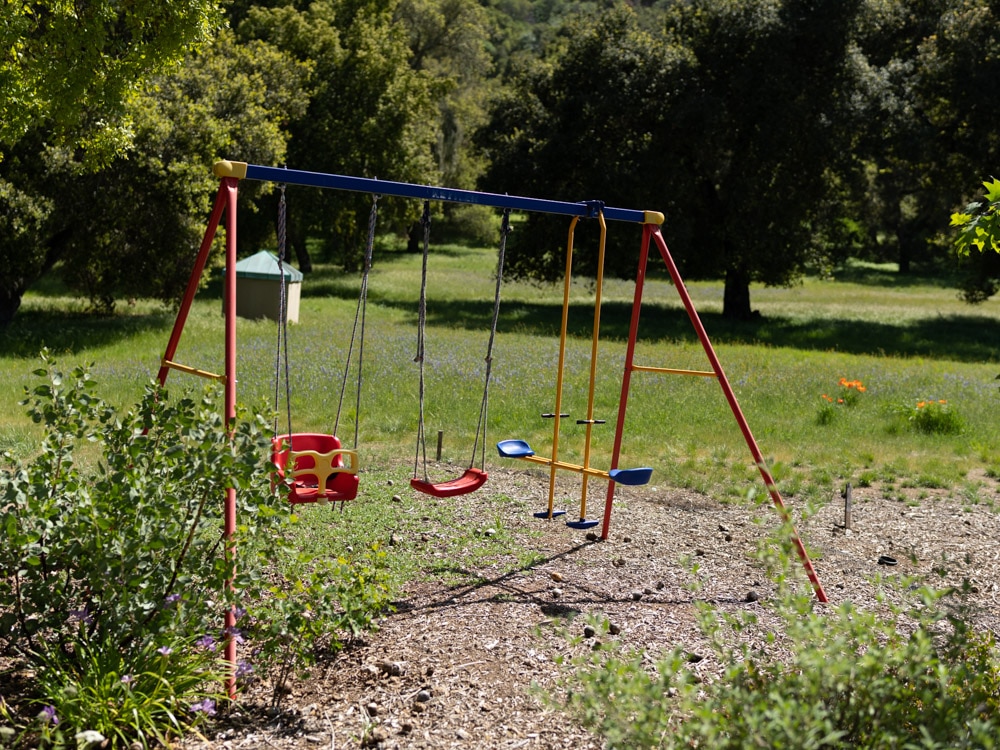
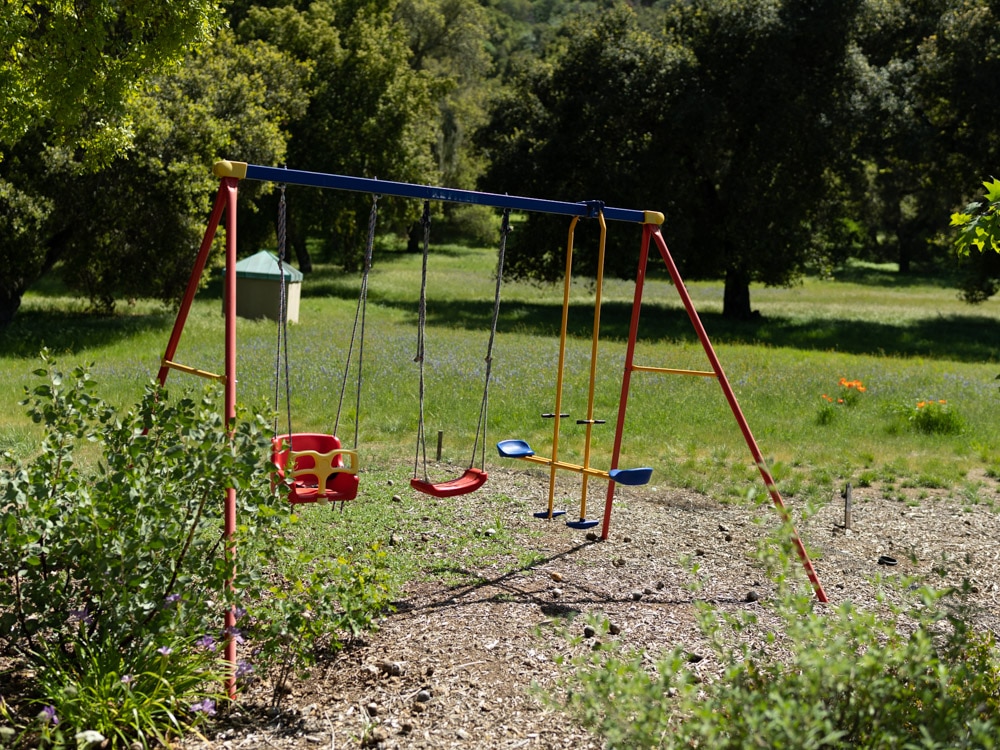
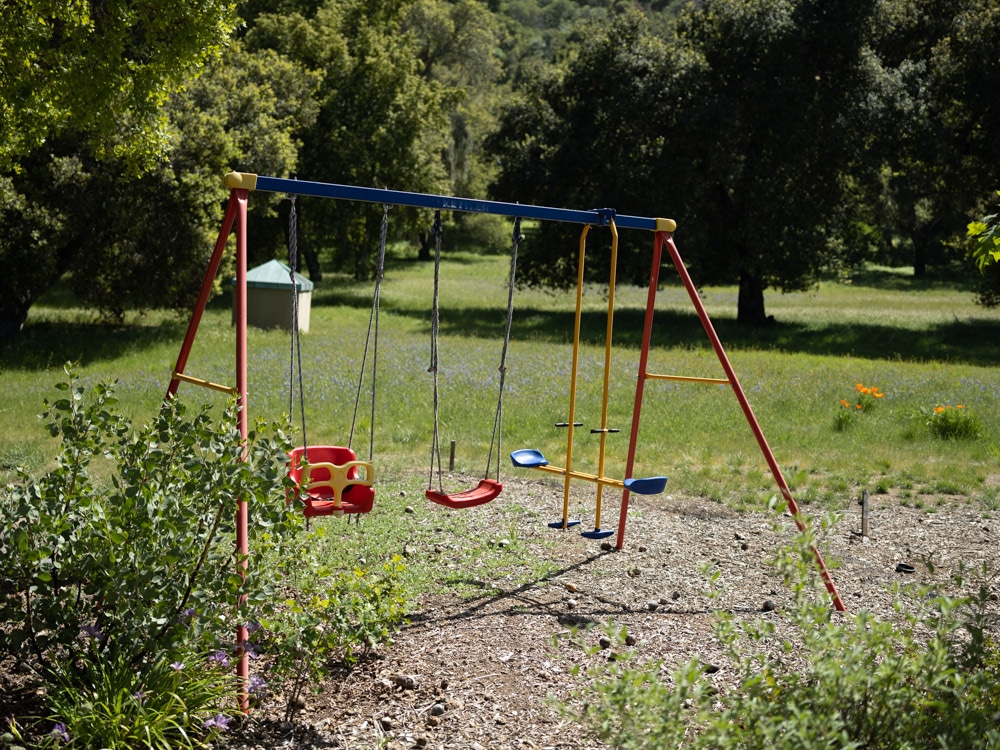
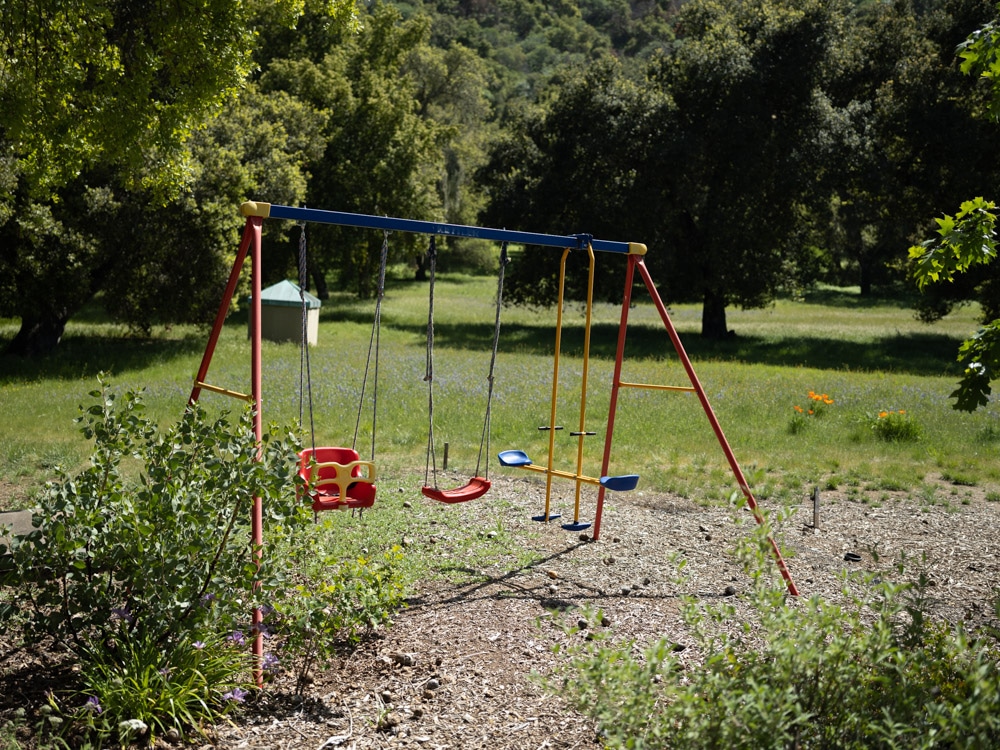
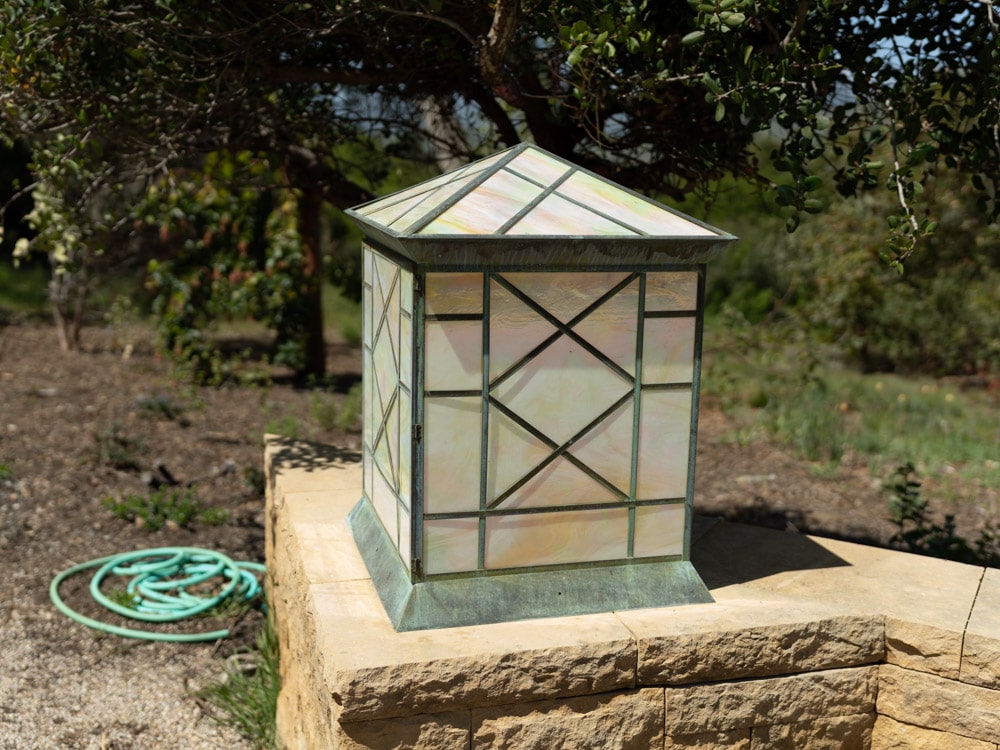
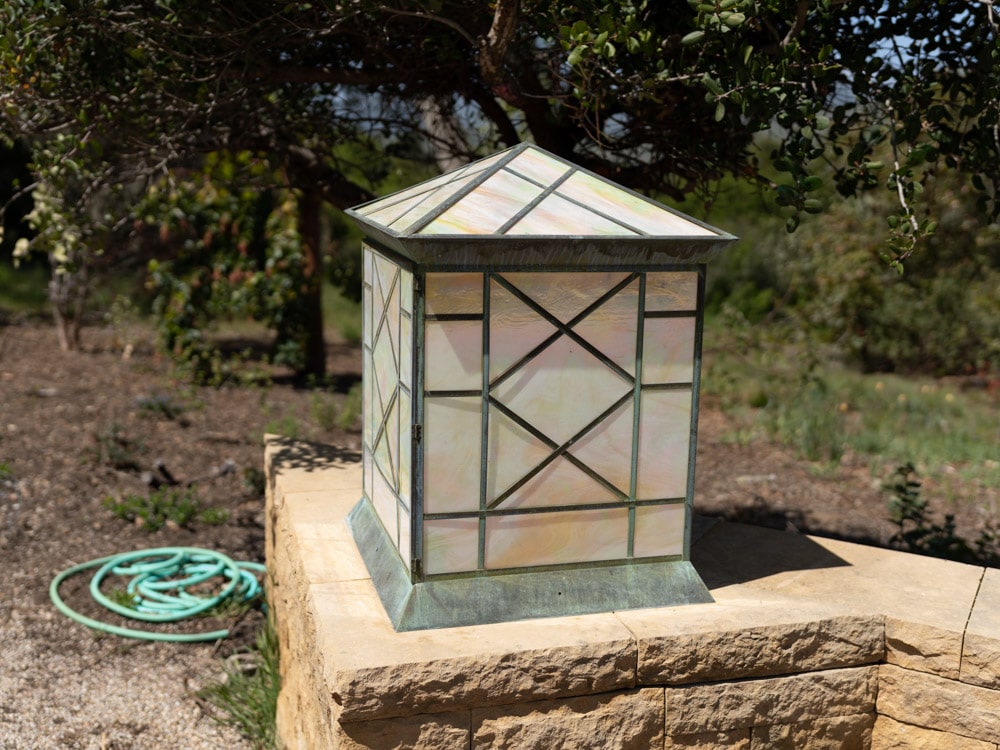
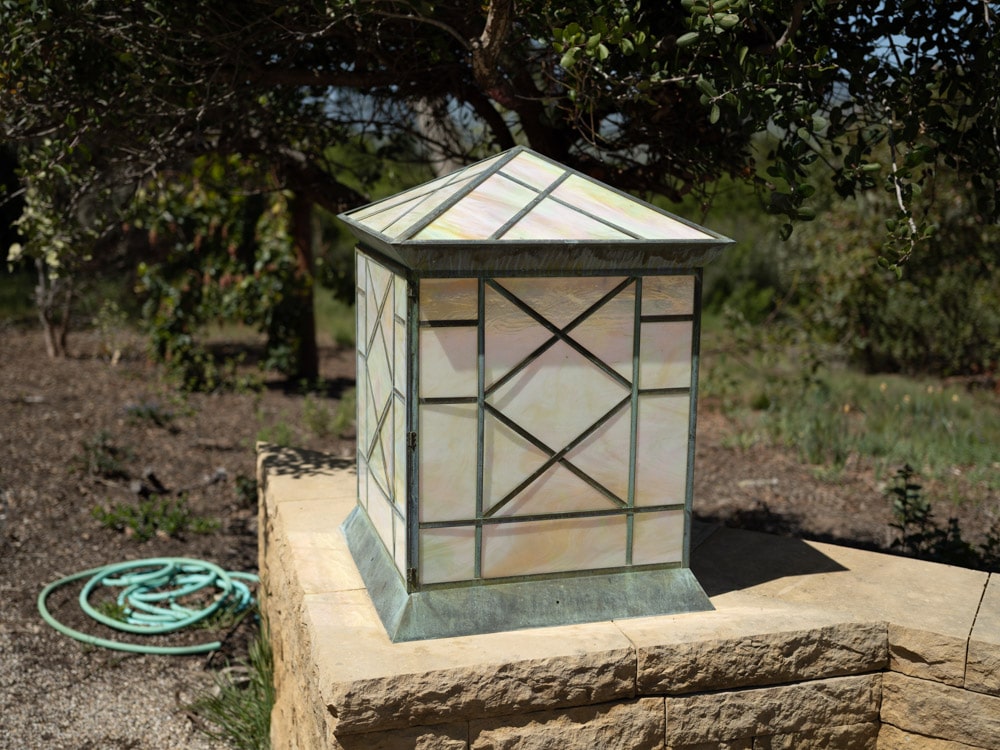
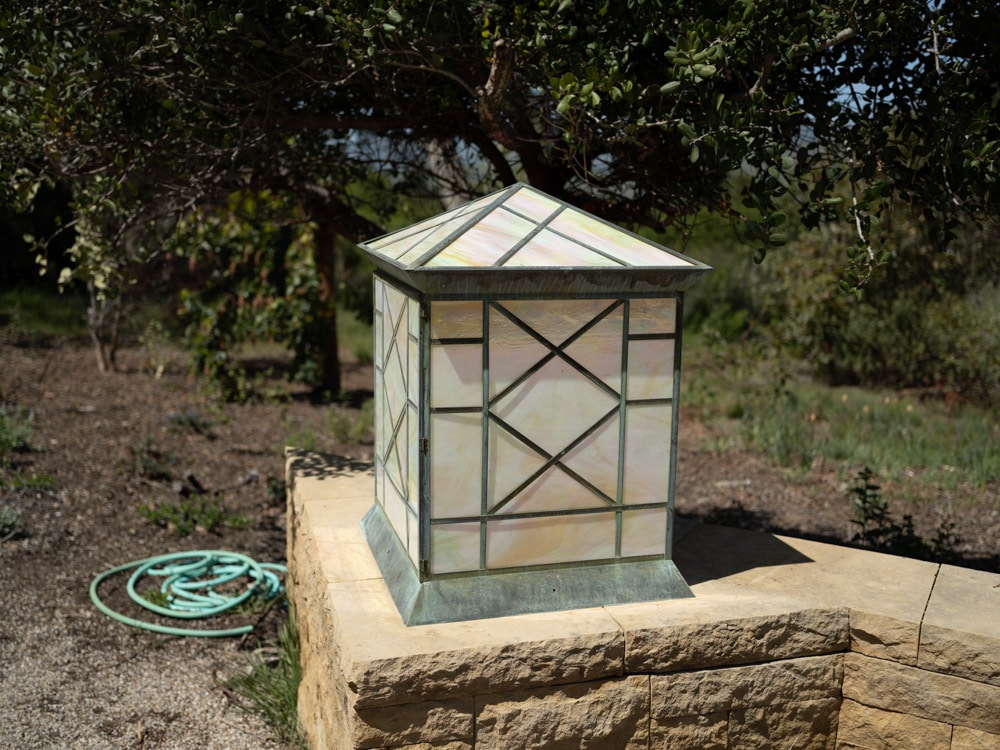
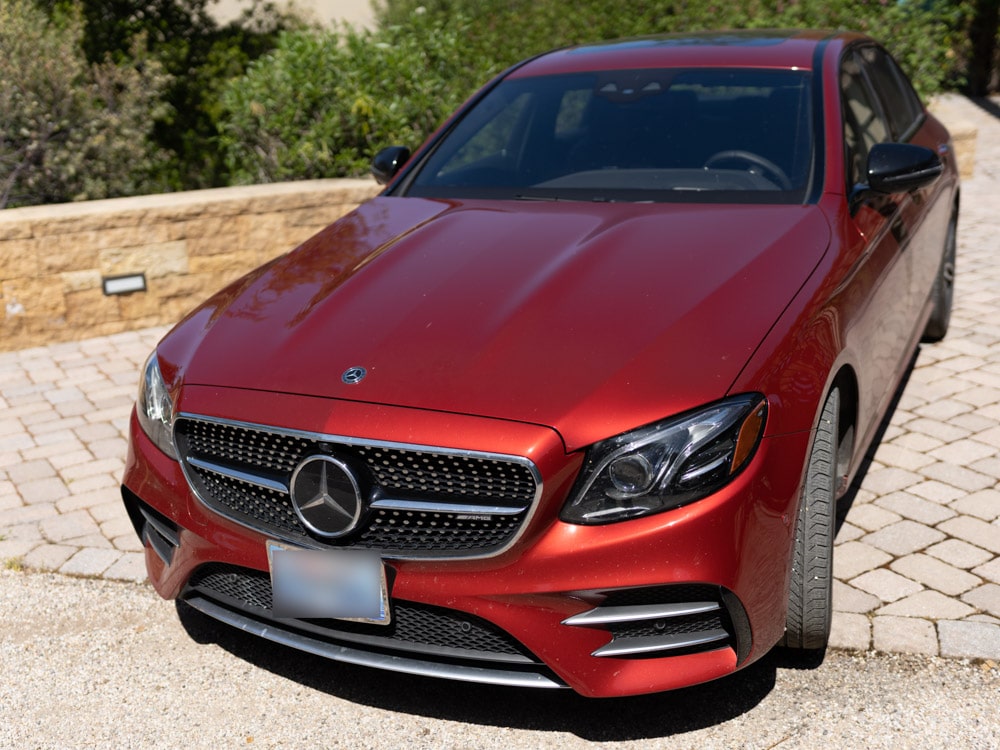
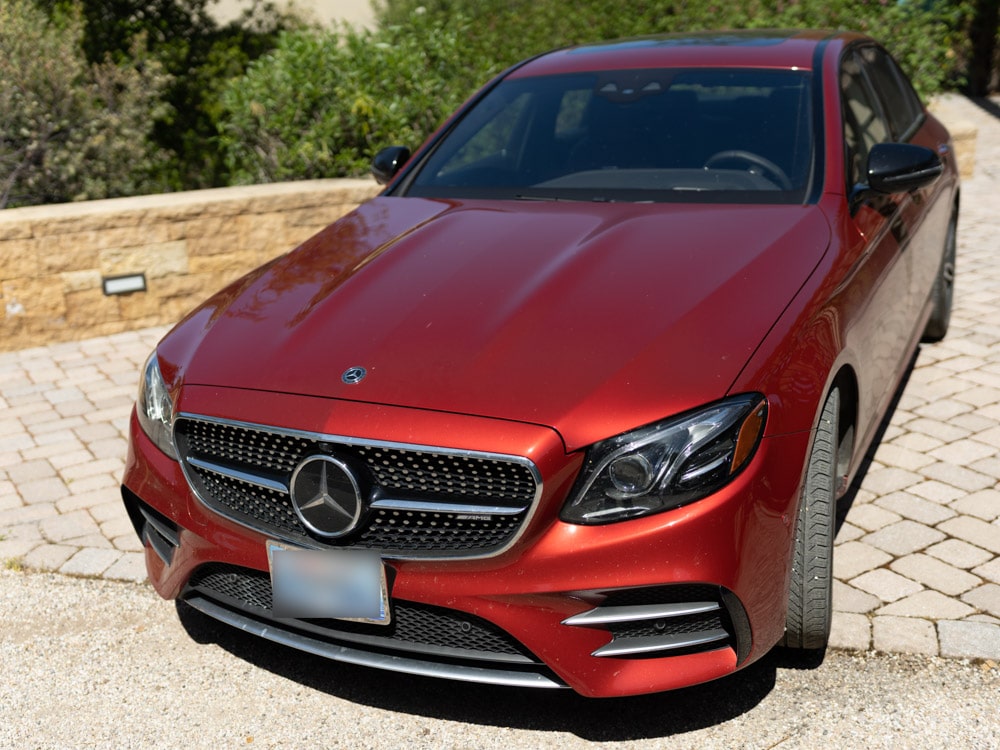
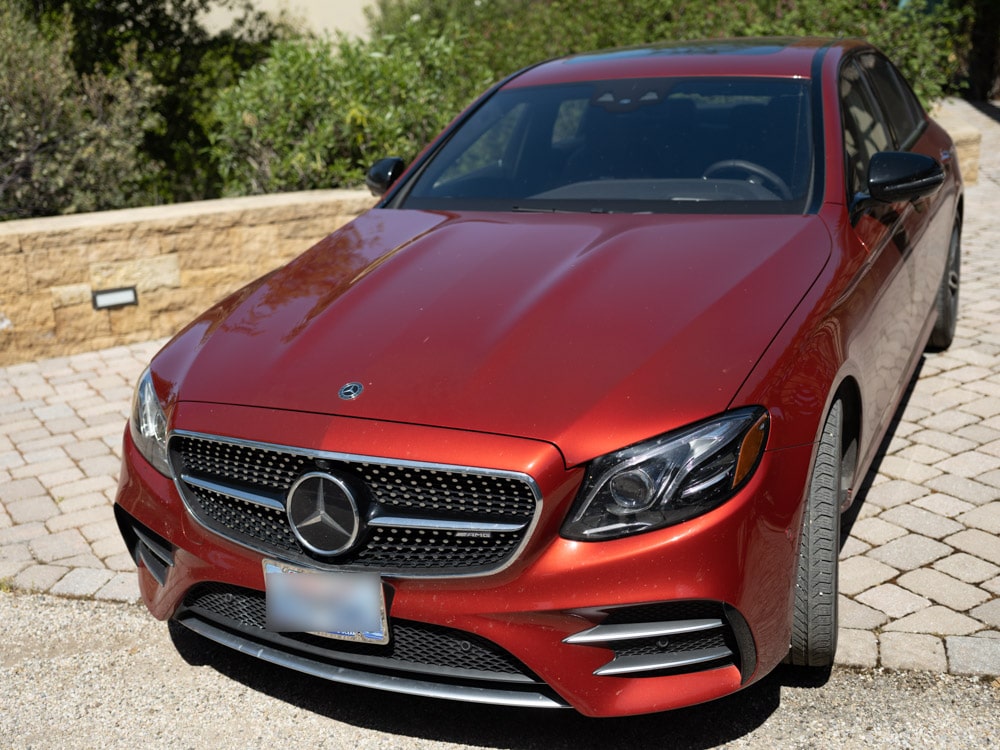
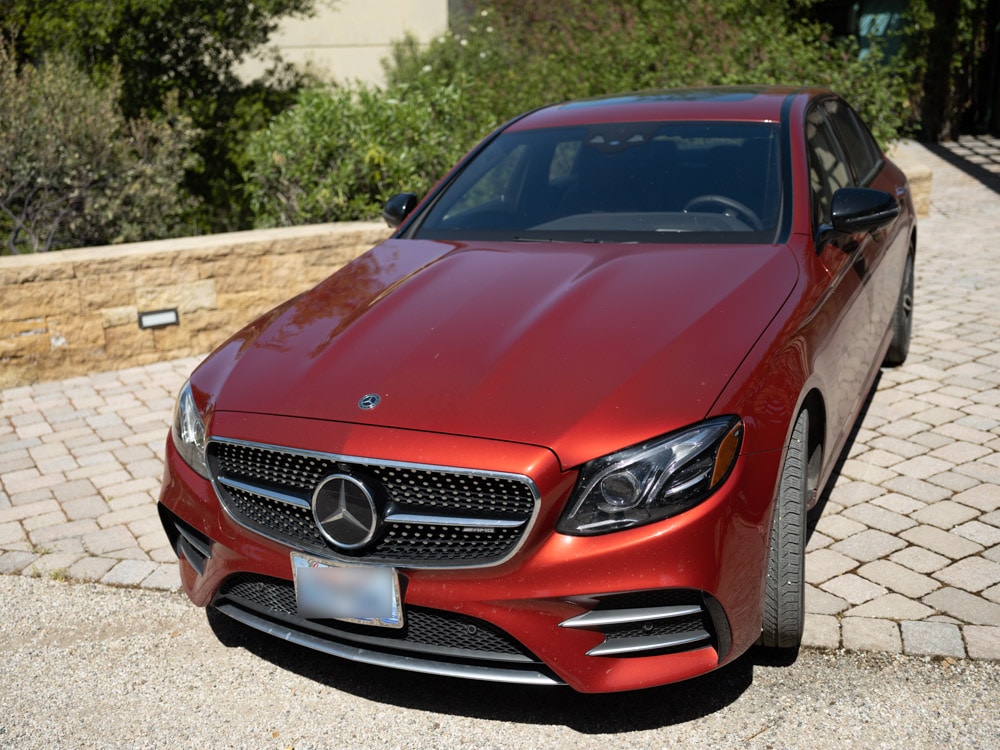
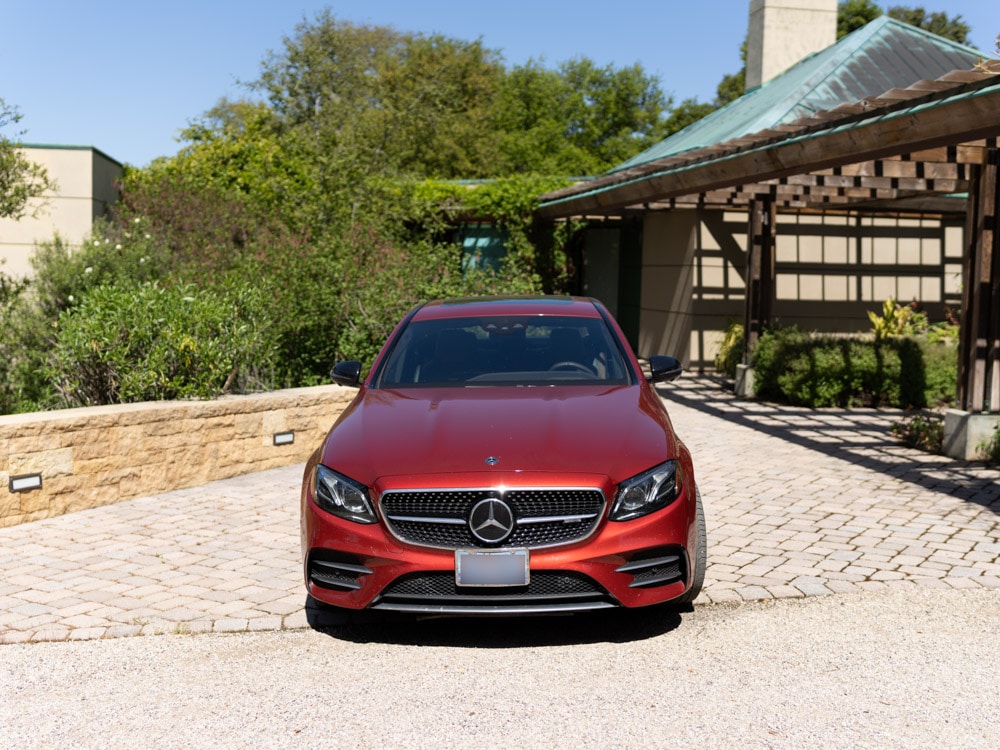
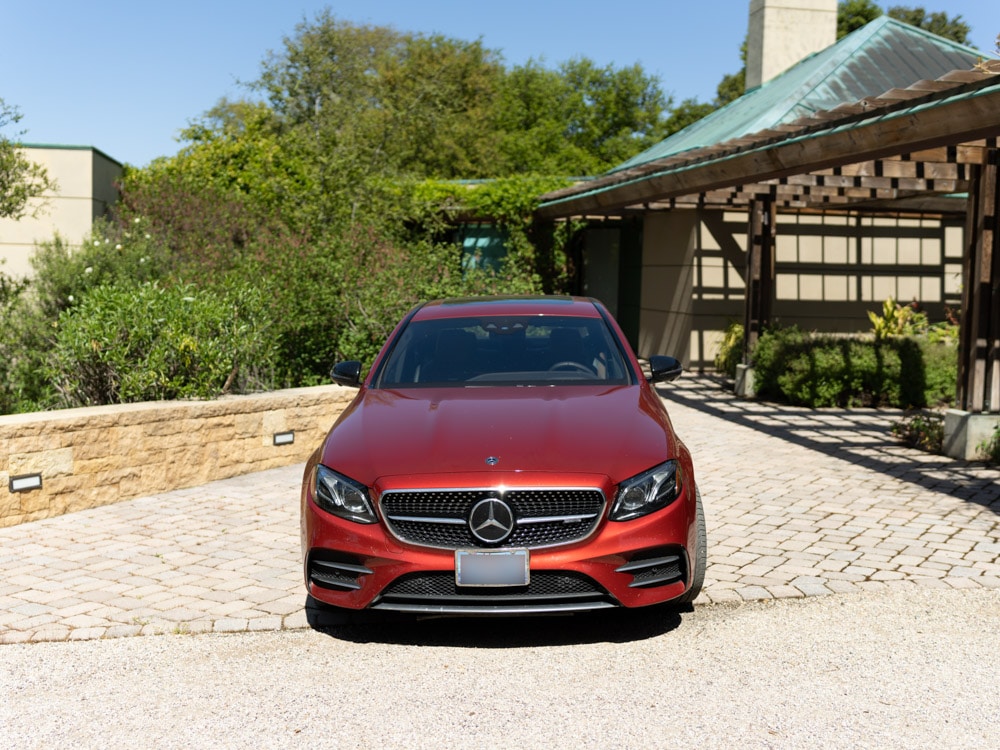
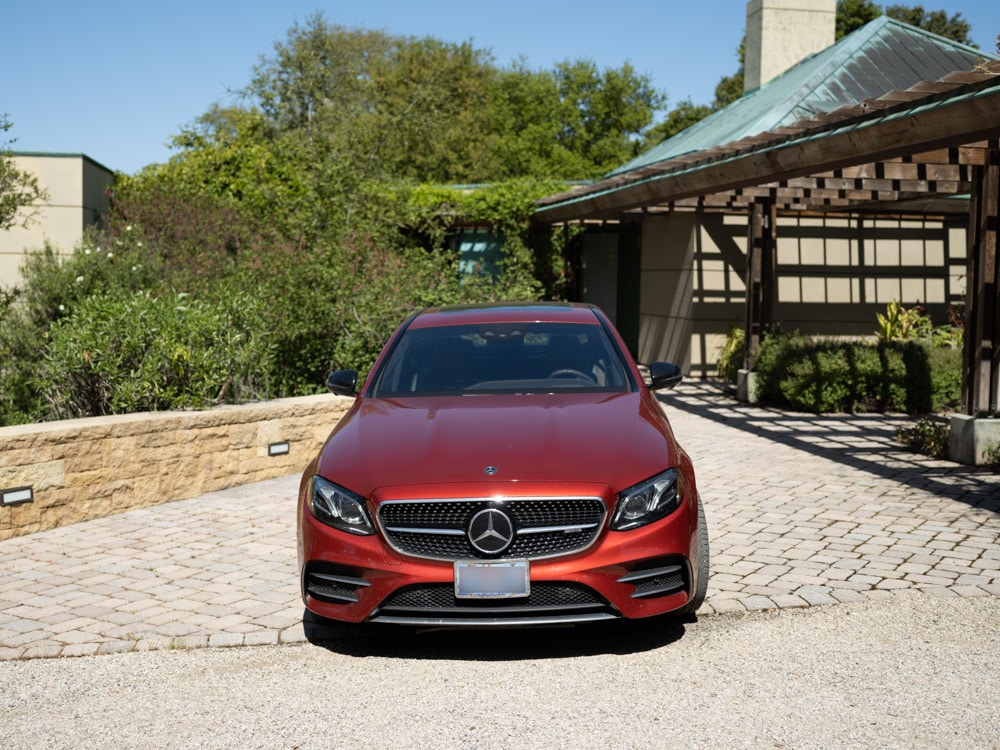
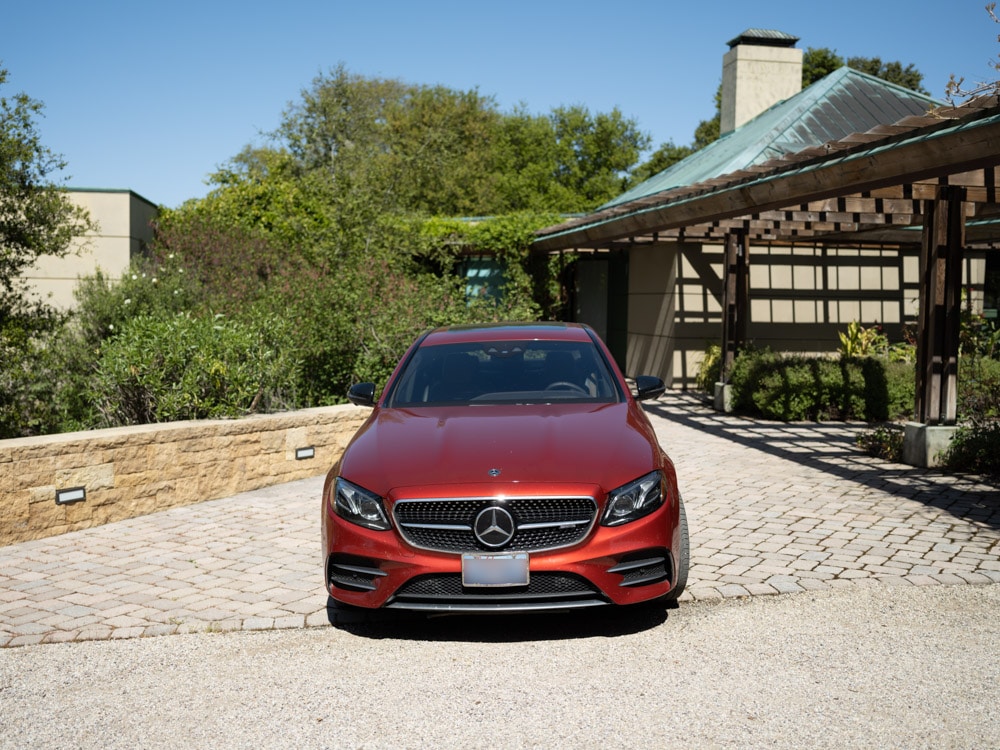
I do get some sense of depth in all of the images. I get more at around 4K resolution than I do with the above web-downsampled ones. I see very little depth differences between the two formats.
Thank you for comparison. I look at these pictures with full hd resolution and it is hard to see diferences. But it is very obviously to see the color differences. From my understanding of sensor format comparison it would help, if both pictures were color adjusted. Actually I see the Sigma/Sony combo with strong magenta shift and Fuji with neutral colors at my profiled monitor (5300K/100cd). Thank you again for your good and helpfull work.
I didn’t want to introduce another subjective variable by manually altering the color balance from Daylight. Maybe I should rethink that.
hallo Jim,
at first i want to thank you for all your efforts and inspirations.
one idea from me (i got my first Fuji GFX 50r 6 months ago and it changed my “personal view” in photography)… to my opinion any cropped relativation in comparing different formats is misleading: i also would not compare cropped 16:9 vs. 3:2/4:3. Because it is the inherent perspective of each format with it specific side- relations, which makes the decisive difference. (plus the qualitative aspects of each sensor (size). ) .. nite: it is the same with the perspective comparison of different focal ranges- cropping is egalizing each genuine character ( in an objective manner… those comparisons mainly show qualitative technical aspects..)
best, Tom